Nine Things Nobody Told Me about Korean
These are nine Korean language facts that I didn’t know (and couldn’t figure out easily) before I started learning it.
Korean isn’t an easy language. Its grammar is very different to that of most other major languages (other than Japanese, with which it shares a lot) and it has a lot of nuance in conjugation.
We’ve generally been learning languages from home during the global no-travel period, and so other than occasional tutors on italki, I didn’t have someone to clearly lay out what it takes to learn Korean.
I’m a strong believer in knowing about a language before I start learning it. I think it’s helpful to know the size of the problem before I tackle it. After all, learning a language is a huge commitment.
But while I thought knew a bunch of things about Korean, there were more things that surprised me as I went along studying.
Here they are — all the most surprising Korean language facts I’ve gathered over the last year of studies.

Korean Language Facts I Didn’t Know — In a Nutshell
Here they are:
- You don’t have to learn Hanja (Chinese characters)… but it helps.
- You can learn Korean for free for a long time. Online free Korean language resources are AMAZING.
- You can learn to read write Korean in a day (even though you won’t understand a thing).
- Korean has tons of homonyms. And they can sound confusingly similar…
- Focus on learning pronunciation. To a western ear, many letters sound basically the same.
- Typing (or texting) in Korean is ridiculously hard. Harder than Arabic, Persian, or even Chinese (pinyin). Who’d have thought it?
- Korean grammar is a lot like Japanese grammar. If you know Japanese, you’ll have a head start.
- Many Korean words are borrowed from Chinese. If you know Chinese (either Mandarin or Cantonese), a lot of words will be similar (if somewhat remotely at times)
- Korean Dramas and K-pop aren’t just for Koreaphiles. They are so damn cheerful and happy, they’re almost the perfect way to end a stressful day.
There you go. More details below.
Become a Discoverer
Like this guide to Korean language? Join our humble mailing list. We send notes out somewhat irregularly with guides to new languages, cultures, and places.
1. You don’t have to know Hanja (but it helps)
Korean has been its own language for many hundreds of years, and is definitely not a Chinese language, nor even in the same family as most Chinese languages.
In fact, the Hangul phonetic writing system has been in place for five centuries. Credit for the invention was given to King Sejong the Great, who invented it in 1443.
(Note: I’m no historian, but I’ve watched enough Korean historical dramas to get a sense that I’m pretty sure one of King Sejong the Grat Delegator’s minions did it for him. Still, he approved it, and that’s good.)
Despite Hangul’s storied history, Chinese characters (known as Hanja, 한자) still play an important role in modern Korean.
In modern Korean culture, you can still see Hanja used in
- People’s names: The vast majority of Korean names have roots in Chinese characters. For example, Ban Ki Moon, former Secretary-General of the United Nations, would have written his name in Korean as 반기문 (pronounced ban gi-mun). The Hanja root is 潘基文, which in Mandarin is pronounced pān jī -wén, and which means “Pan” (mostly a common surname) “Foundation”-“Culture”.
- Advertising and branding: Popular brands might use a Hanja character as part of their logo or packaging. For example Shin Ramyun noodles, the most popular kind of instant noodles in Korea, have a 辛 character on the front. In Mandarin Chinese it’s pronounced xīn and is an old character for “sour”.
- Explaining traditional sayings: While watching Korean Dramas, occasionally a character will say something profound while raising his hand, a classic indication that they’re referring to an ancient idiom. Old idioms have their roots in Chinese, and are just repeated in Korean phonetically — they don’t translate easily. For example 인산인해 (insan-inhae), which is derived from 人山人海 (rénshānrénhǎi), which means “people everywhere”. Put 인산인해 and you’ll get a gibberish answer.
I looked into this a bit further and wrote an article on where you find Hanja in modern Korean culture and society.
2. You can learn Korean for free for a long time
Online free Korean language resources are AMAZING.
So much so, that when putting together a list of resources to learn Korean from I didn’t feel any need to include the paid resources out there (even though they’re good).
My favourite resources have been, so far
- Seemile Korean on YouTube — A really great introductory 20-hour course to all the elements of Korean you need to know. Basically like the first half of any textbook but explained succinctly by a friendly teacher.
- Speechling — truly an incredible resource, a huge Glossika-like sentence bank that is free (it’s a non-profit), even including (limited in the free version) human coaching on pronunciation!
- Korean Grammar Sentences by Evita — a free flashcard deck on Anki’s website. You do have to know how to use Anki to make this work. I’d make one modification though — I’d convert all the cards to two-sided cards, so you get prompts in both Korean and in English.
- My Teach Yourself Korean textbook. This wasn’t quite free, but it cost me $4 on Amazon! C’mon, that’s less than a Starbucks 😅. It’s so little that even our sales commission (if you buy it with that link) would only be a few cents.
Try Speechling – It’s Free (for one language)
Sign up to Speechling with the link below. Get access to all sentences for one language, review from a real tutor, and their apps — for free. The paid version lets you get unlimited access and offline mode.
Once I got halfway through those free resources, I did sign up to TTMIK (Talk To Me In Korean) and I quite like it. I’ll write up a review on it later.
3. You can learn to read Korean (Hangul) in a day
The Hangul writing system, which Korean uses, is really easy to use.
The first time you see it you’d probably think it was like Chinese characters. Many do. Well, it kind of is — they are little “parcels” of consonants and they follow the same stroke-order rules as Chinese characters when you hand-write them with a “pen” (pen? what’s that?).
But really, Korean writing is just little parcels of letters that make up one consonant each. It works like this:

Of course, Korean Hangul does not use the Latin alphabet. The Hangul writing system uses its own denotation for Korean sounds that better represents how Korean sounds.
Once you learn the way Korean characters are represented, you can piece them together to read them very easily.
Note — just like any writing system, there are a few watch-outs, like letters you don’t pronounce when they’re in a certain position. E.g. Google Translate says the phrase “없나봐요” should be pronounced “eobsnabwayo”, but it’s more like “eommna bwayo”
4. Korean has tons of homonyms (and near homonyms)
Every language has false friends and words that sound syllable.
But in Korean, words are often so brief (often just one syllable) that they end up sounding like each other really easily.
The result is that Korean is definitely one of those languages where if you don’t say it exactly right, the person you’re talking to will have no idea what you’re talking about.
It’s even confusing to Koreans. One scene in a Korean Drama I was watching involved a conversation like “But mum, he’s gay!” “He’s a dog? That’s going a bit far”… since the words for “gay” and “dog” sound similar (“dog” is 개, gae, and “gay” is 게이, gae-i).
At my current A1/A2 level I often get simple words mixed up, like 몰라요 (mol-la-yo) means “I don’t know”, whereas 멀어요 (meol-eo-yo) means “it’s far”.
5. You (or I, anyway) need to focus on pronunciation!
In a nutshell — you need to listen and repeat as much as you can to try to get the pronunciation as native as possible.
Korean pronunciation is difficult in a couple of unexpected ways.
Korean is not like Arabic or Chinese where pronouncing unusual sounds or tones is obviously hard from the outset.
And in principle, all the sounds are definitely easy to make by an English speaker. The difficulty is in the subtle differences between similar sounds and consonants.
For example
- ㅂ is a b sound, but unaspirated, sounding a bit like a p.
- ㅍ is definitely a p, but is still unaspirated.
- ㅃ is a double b, still unaspirated and p-like, but longer
To me, after months of study, they all sound nearly exactly the same.
To make things more interesting, the brevity of Korean words means there’s lots of room to be easily confused. For example, 팔 (pal) means arm and 발 (bal) means foot. And 방 (pang) means room and 빵 (ppang) means bread.
There are many more examples like this. But the bottom line is: focus on pronunciation. Listen and try to copy as much as you can.
6. Typing in Korean is hard (for a beginner)
For context, I have a long list of keyboards on my phone and on my computer.
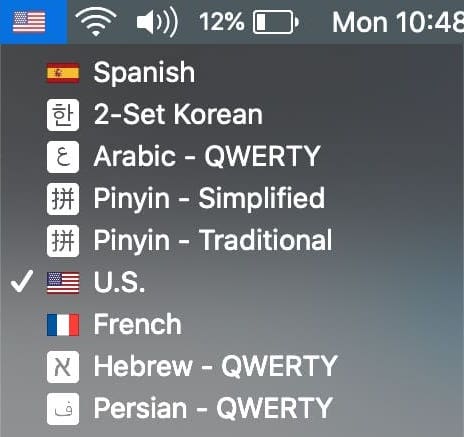
I mostly use all these keyboards to correct text that I pull out of Google Translate. Because honestly, I am slow at typing in most of them.
–> Here are more tips to learn any language (including Korean) from Google Translate.
But I’m the slowest to type in Korean. The reason is that Korean — unlike every other script I’ve typed in — hasn’t got a QWERTY keyboard.
While the Hangul writing system is phonetic (if you know a few colloquial modifications), there is no QWERTY layout option to type in Hangul on major operating systems — unlike many other major languages out there like Arabic, Chinese, and Persian (yes, I’m elevating the status of Persian!)
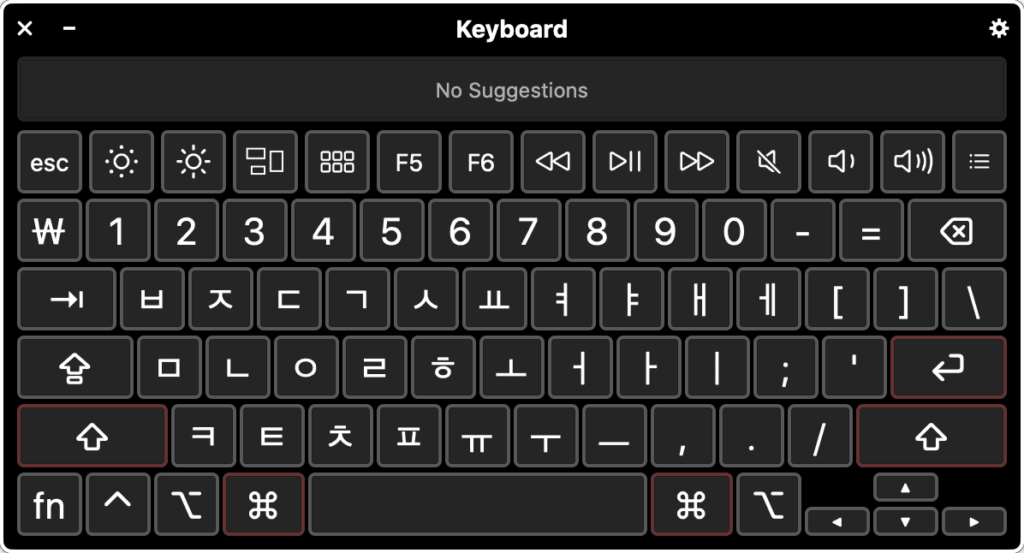
This means that to type in Korean, you have to either buy a keyboard cover, or learn the pattern above.
You have to know Korean Hangul to read the above, but suffice it to say that the layout is not the same as QWERTY.
7. Korean and Japanese are quite similar
Firstly, I don’t know Japanese. But since my brother is learning it, we often compare notes and I was surprised to realise that many grammatical concepts in Korean are the same as in Japanese.
Digging a little deeper, I’ve found other people commentating on similarities between Korean and Japanese. Here’s what I’ve found that is similar between Korean and Chinese grammar.
- Both languages rely on verb endings in a similar way for most grammatical functions, like indicating formality, level of certainty, and marking whether something is a question.
- Both Japanese and Korean use particles in a similar way to show whether something is a topic, a subject, an object, or so on.
- Both languages use “counters” to indicate groups of similar nouns.
- Adjectives, verbs, and adverbs are all closely related, with only a few particles added to them to indicate what’s what.
- There are many Chinese loan words in both languages — and they’re often for the same words. This extends to there being Hanja (Chinese character) equivalents for many words in Korean, just as there are Kanji equivalents in Japanese. (Though these have only historical/etymological importance in modern Korean, and are not necessary to understand the language).
In general, the language structure is almost the same. Both are subject-object-verb languages, and you can translate many sentences one-to-one.
There are, of course, many differences. They’re totally mutually unintelligible. Most native (non-Chinese) words, which make up the bulk of each language, are completely different.
Most scholars don’t think Japanese and Korean come from the same family of languages; they think the relationship is via a language that is over 1,000 years old and is now extinct.
8. Many Korean words come from Chinese words
If you’ve learned Chinese before then you have a head-start, because many Korean words are of Chinese origin.
Chinese is by no means a similar language to Korean. The grammar is totally different and the pronunciation is almost unrecognisable.
The similarity is more like knowing English before learning French. If you know English, then learning French is comparatively easy because so many words look similar.
My Chinese isn’t native — I’m at advanced level, at one point able to read a newspaper and discuss the contents if I guess some words (I’m a bit rusty, but that’d come back quickly).
A few (random) Korean words that I recognised quickly upon starting were
- 준비 (jun bi) — ready — 准备 (zhun bei)
- 태양 (tae yang) – sun – 太阳 (tai yang)
- 포도 (po do) – grape – 葡萄 (pu tao)
- 도서관 (do seo gwan) – library – 图书馆 (tu shu guan)
- 문 (mun) – door – 门 (men)
- 문화 차이 (mun hua cha i) – cultural difference – 文化差异 (wen hua cha yi)
Plus there’s the whole Sino-Korean counting system — Korean has two number systems, and the Sino-Korean one is just Chinese numbers but pronounced Korean.
9. Korean Dramas are Fun!
I started learning Korean because my girlfriend is of Korean background and because it sounded fun.
I knew that Koreaphiles out there are really into K-Pop and K-dramas, but I thought — “those aren’t for me”.
Then I watched a couple.
Korean dramas are unique because they almost all make you feel good. The unlikely guy gets the girl; the unlikely girl gets the guy.
It’s not all roses, from a cultural perspective. There are frequent extremely patriarchal roles and topics. Men tend to assault women by grabbing their arms. There are business dealings that rarely involve women. The subject of LGBT is bordering on taboo. But even just seeing these concepts on TV and knowing their popular culture give you a little (dramatised, and fictional) window into what to expect is considered “normal” in Korea.
If you want a recommendation, start with “Strong Girl Do Bong Soon” (on Netflix). It’s a story about a petite girl who, while not gifted academically, inherited a blessing of ridiculous superhuman strength. The only problem: she doesn’t want the strength, and just wants to be a normal girl, with a normal job, and to have a boyfriend. Worth a watch.
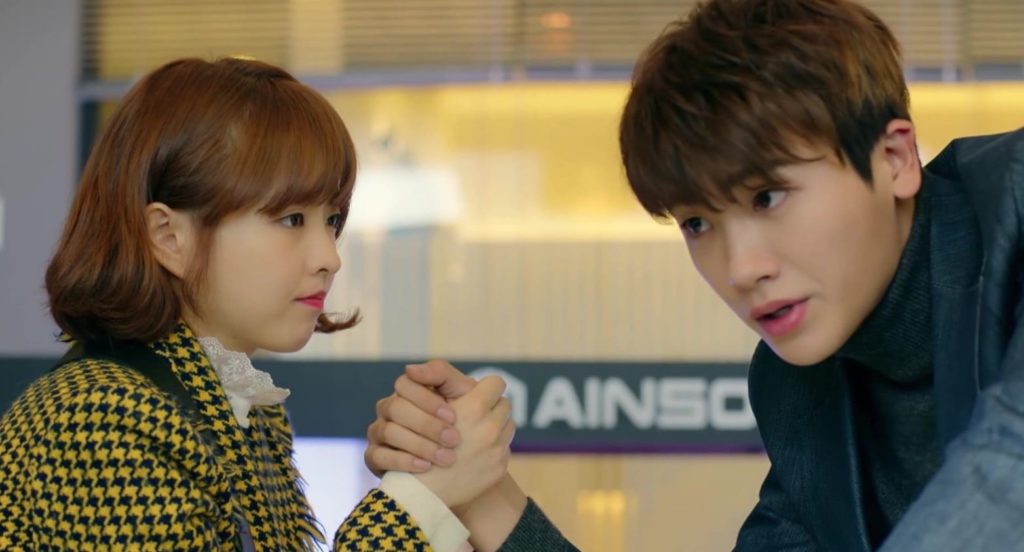



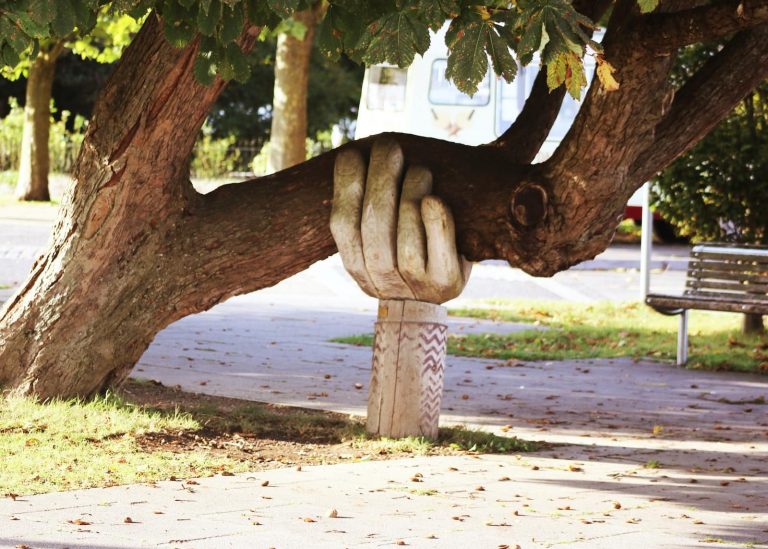

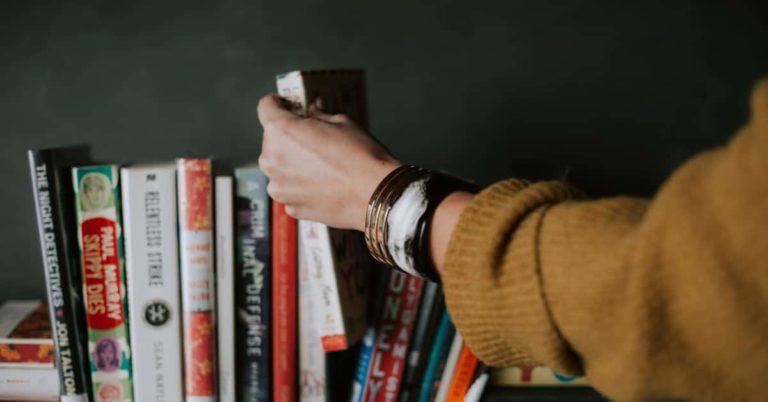

Buddy, the Hangeul keyboard is phonetic. Every letter is one sound. That you think it isn’t phonetic but also manage to praise the script’s invention in nearly the same breath is mystifying. You are correct that you can’t type in romanisations and get results, but why would you want to do that if the script is already phonetic? You’re not searching for Chinese characters… they’re just letters. You type top to bottom left to right, in the same order they are pronounced. The computer figures out syllable boundaries for you. It’s really easy after about a week, probably quicker if… Read more »
Thank you. I should clarify — I meant the keyboard is not QWERTY phonetic. But you’re right, it is phonetic, and it’s easy to use. It’s something I’ve gotten used to and I do enjoy it (though I often forget what’s on the bottom left of the keyboard). I will clarify that I’m not complaining. But as a learner, I was just surprised to see it’s not QWERTY phonetic. For context, other QWERTY phonetic keyboards I use on a daily basis are Chinese (PinYin), Arabic, Persian, and Hebrew. My brother, who’s learning Japanese, also says Japanese has a QWERTY keyboard… Read more »
Nice article. One thing to clarify though(as a Korean myself), there’s still a lot of debate going on regarding if King Sejong was the sole inventor of the letter or if he received help from others. However, one thing is clear: the idea of the letters came from the king himself. It is recorded in several historical texts that he did, in fact, create the letters. I would go deeper with this topic, but it would take too long. But one of the most widely known historical incidents is in which one of the king’s subjects protested against the writing… Read more »